Recent Broom Discoveries
monkeytreeboy15
10 years ago
Related Stories

LIFEWorld of Design: Discoveries of 10 First-Time Homeowners
See how people around the globe have shaped their starter houses and made them their own
Full Story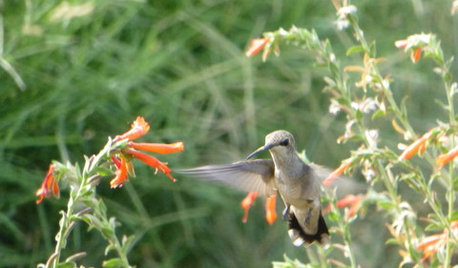
GARDENING GUIDESSweet Serendipity: Opening to Happy Garden Discoveries
Unplanned nature scenes can be unbelievably beautiful; you just need to know how to look
Full Story
CLOSETSGet Your Broom Closet Just Right
The Hardworking Home: Make cleanup easier with storage space that neatly organizes your equipment and supplies
Full Story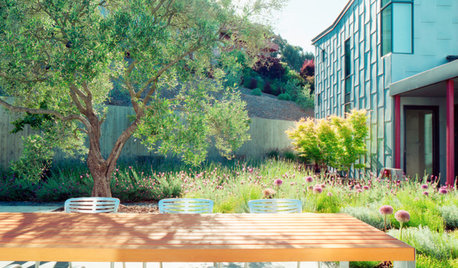
LANDSCAPE DESIGNGardening for Happy Kids
Foster creativity, self-esteem and more by designing your landscape with a sense of discovery
Full Story
HOUZZ TOURSHouzz Tour: Historic Israeli Penthouse by the Sea
A surprise discovery led to a stunning backdrop for contemporary furniture and modern, minimalist features in this Jaffa apartment
Full Story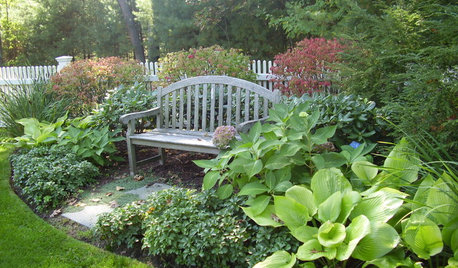
GARDENING AND LANDSCAPINGLandscape Design: A Secret Garden
Create a sense of discovery in your garden with an unexpected clearing, a shady arbor or a secluded nook
Full Story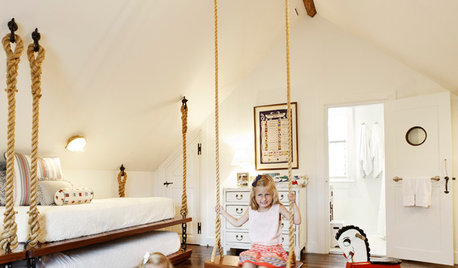
KIDS’ SPACESNew This Week: 3 Amazing Kid Rooms That Will Make You Rethink Your Life
Designers share details of fantastical concepts like indoor swings and a pirate’s crow’s nest in projects recently uploaded to Houzz
Full Story
LIFEFrom the Wild, Home: Elements of a Landscape of Experience
See how simplicity, mystery and lessons from nature can help you create a rich garden experience at home
Full Story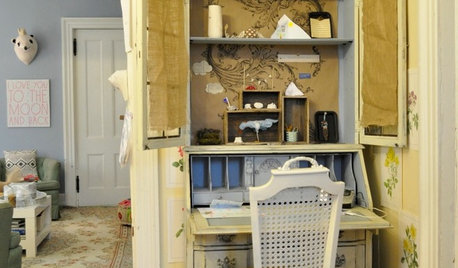
HOUZZ TOURSHouzz Tour: Creativity Captivates in a New Jersey Family Haven
Handmade treasures arranged artfully and with love fill a DIY-savvy blogger's bright and cheery home
Full Story
PRODUCT PICKSGuest Picks: All the Rage on Design Blogs
What are design and decor bloggers craving right now? Chippendale chairs, global accents and stylish pieces at affordable prices
Full StoryMore Discussions






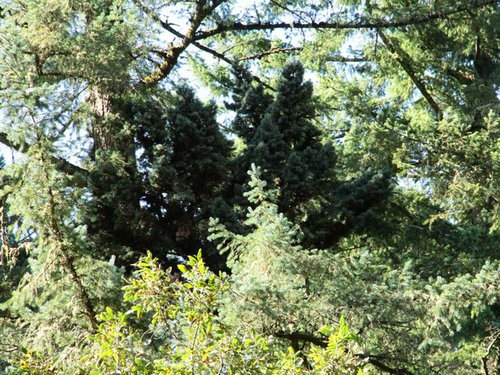

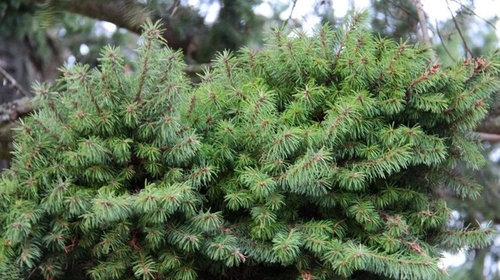
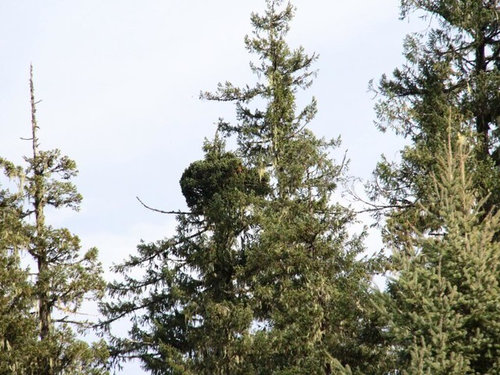
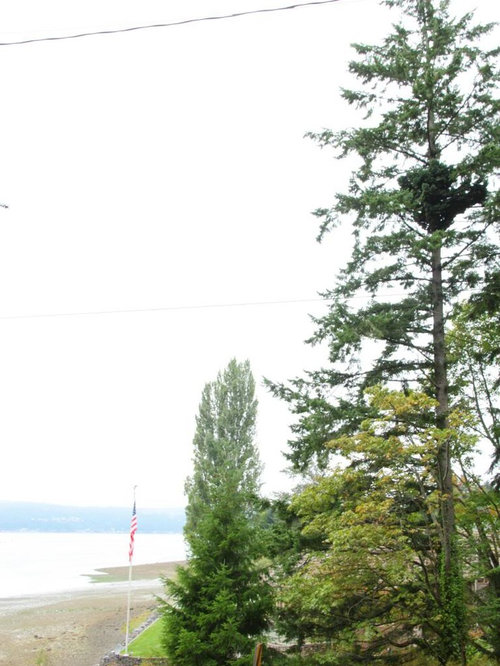




zephyrgal
David Olszyk, President, American Conifer Society
Related Professionals
Norfolk Landscape Architects & Landscape Designers · Fillmore Landscape Architects & Landscape Designers · Hyattsville Landscape Architects & Landscape Designers · Battle Ground Landscape Contractors · Hicksville Landscape Contractors · Inglewood Landscape Contractors · Leicester Landscape Contractors · Lexington Landscape Contractors · Lynchburg Landscape Contractors · Milford Mill Landscape Contractors · North Highlands Landscape Contractors · Pompano Beach Landscape Contractors · Reedley Landscape Contractors · South Lyon Landscape Contractors · Tacoma Landscape Contractorsmonkeytreeboy15Original Author
Simoni
taxo_man
pinetree30
David Olszyk, President, American Conifer Society
maple_grove_gw
sluice